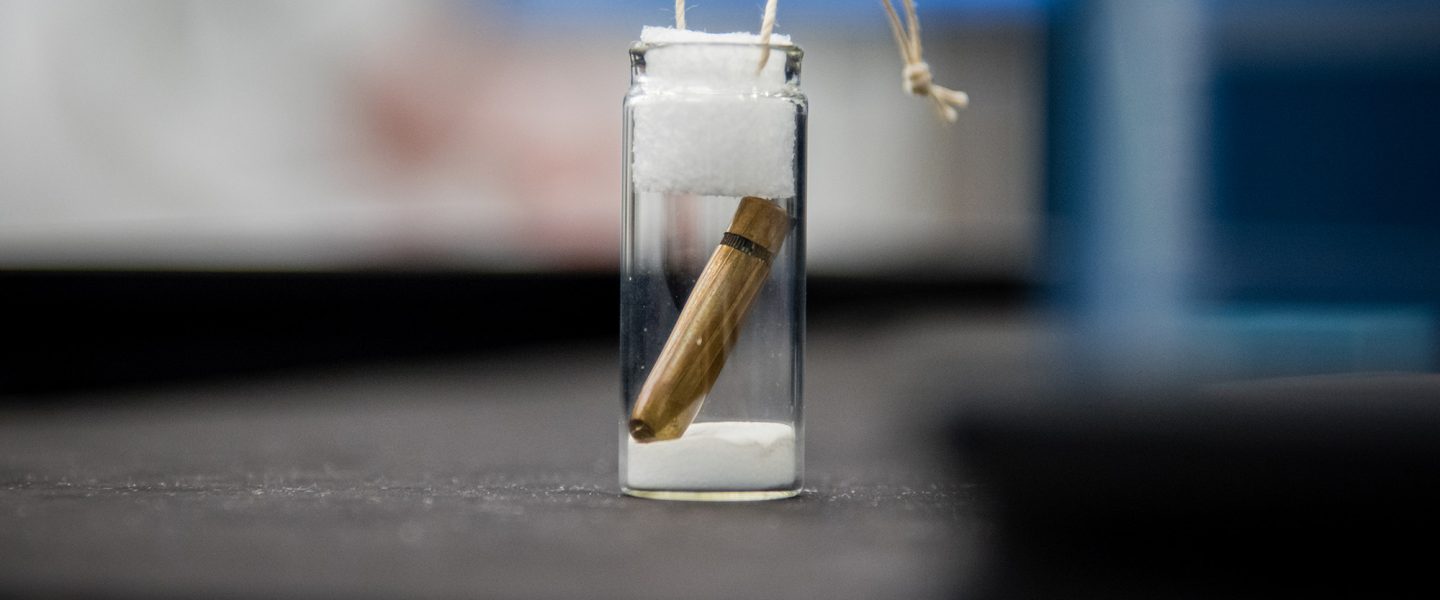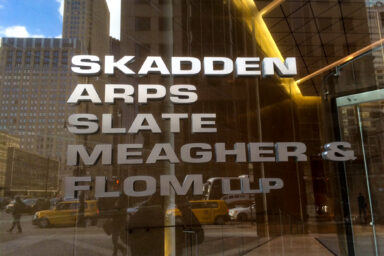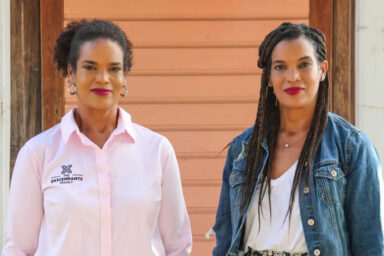Somehow, his statement from 40 years ago has been forgotten or unmentioned.
|
Listen To This Story
|
A WhoWhatWhy Exclusive
An explosive new claim from a retired Secret Service agent that appears to support a conspiracy in the death of John F. Kennedy is significantly contradicted by a forgotten interview he gave 40 years ago. That long-ago interview is not mentioned in his book or in coverage this week by major media.
In his upcoming book, heavily promoted in pieces in The New York Times and Vanity Fair, Secret Service agent Paul Landis says he has kept a secret all these years: that, on November 22, 1963, at Dallas’s Parkland Hospital, he discovered an intact, almost pristine bullet lying on the upholstered material atop the seat on which Kennedy sat when he was shot.
He says he put the bullet in his pocket and then placed it on Kennedy’s stretcher, telling no one until now.
If true, that would, for complex reasons to be explained below, suggest that a second gunman had been involved. That would make Kennedy’s death a conspiracy, which many believe to be the case. (WhoWhatWhy has reported several well-documented stories on deception in the official narrative. A few are listed below.)
Related: Kennedy Assassination: Evidence Seen by JFK’s Doctor Suppressed – WhoWhatWhy
Related: Navy Doctor: Bullet Found in JFK’s Limousine, and Never Reported – WhoWhatWhy
Related: JFK Assassination: The Tell-Tale Brain – WhoWhatWhy
Related: JFK Murder: Evolving Strategies for Damage Control – WhoWhatWhy
However, in an Associated Press article for the 20th anniversary of JFK’s death published in November 1983, Landis mentioned, in a remark that seems to have gotten little attention at the time — and not been mentioned since — that he found a bullet “fragment” on the seat back.
In his new book, Landis makes no mention of his 1983 statement; nor does the New York Times or Vanity Fair.
Of course, a bullet “fragment” is far from an intact bullet, so Landis’s most recent account of what he found on that tragic day changes the potential interpretation of such alleged evidence.
It is important to state that none of this lends any more or less credence to any particular position on the assassination and whether it was a conspiracy. It does, however, raise questions about Landis’s story.
Vanity Fair Account
According to a highly detailed account in Vanity Fair of Landis’s claims, written by James Robenalt, an attorney and author, who worked with Landis to “process his thoughts” as the book came together:
That horror was compounded when the president’s limo reached Parkland Memorial Hospital, where Landis and Clint Hill tried to coax Jackie to release the president, whom, by that point, she had cradled in her lap. Climbing into the back seat area, which had been spattered with blood and brains and bullet fragments, both agents, according to their subsequent accounts, gently encouraged the first lady to let go.
As she did — standing up to follow Hill and another agent, Roy Kellerman, who lifted her
husband’s body onto a gurney and raced into the hospital — Landis saw and did something that he has kept secret for six decades, he says now. He claims he spotted a bullet resting on the top of the back of the seat. He says he picked it up, put it in his pocket, and brought it into the hospital. Then, upon entering Trauma Room No. 1 (at that stage, he was the only nonmedical person in the room besides Mrs. Kennedy, and both stayed for only a short period), he insists, he placed the bullet on a white cotton blanket on the president’s stretcher.
This secret, as it turns out, may upend key conclusions of the Warren Commission, the body created by President Lyndon Johnson to investigate the assassination.
[Emphasis added]
Thus, Landis is now clearly stating what he found in the car was a whole bullet, as distinguished from fragments.
But in his 1983 Associated Press interview, according to the AP account,
Landis said that when he got to the Kennedy limousine outside the hospital, the president had already been taken inside, but he helped Mrs. Kennedy out. He said there was a bullet fragment on the top of the back seat that he picked up and gave to somebody.
So, in that version, it was a fragment, and, instead of putting it on Kennedy’s stretcher, he gave it to someone else.
What His Current Claim Means
The basis for believing that Lee Harvey Oswald acted solo as the “lone assassin” rested in part on a general agreement about how many shots Oswald’s rifle could have gotten off in a span of only a few seconds.
According to the long-standing official scenario: One bullet hit the street, dislodging a piece of concrete that injured a bystander; a second bullet went through both Kennedy and Connally; and a third and final bullet was the kill shot to Kennedy’s head.
The problem with this theoretical reconstruction is that the second bullet not only had to have passed through Kennedy but then also continued on a remarkable and somewhat tortured trajectory through Texas Gov. John Connally, who was seated in front of Kennedy in the limousine. Connally suffered a fracture of the fifth rib, a punctured lung, a shattered wrist, and had a tiny bullet fragment lodged in his leg.
To explain this, Arlen Specter of the Warren Commission, the official body assigned by new President Lyndon Johnson to investigate the assassination, devised what came to be known as the “single bullet theory.”
The theory has been widely doubted because of that bullet’s almost magical alleged trajectory while causing all those injuries. Indeed, Connally and his wife both stated that they saw Kennedy reacting to a shot before Connally himself was hit just a moment later. As Connally testified, “The thought immediately passed through my mind that there were either two or three people involved … or someone was shooting with an automatic rifle … because of the rapidity of these two, of the first shot plus the blow that I took, and I knew I had been hit …”
And then there is the matter of the condition of the bullet.
As Robenalt explains it:
That theory posits that a single bullet caused all of the wounds in Kennedy’s neck as well as all of the serious injuries to Texas governor John Connally — who was sitting in front of the president at the time — including the shattering of four inches of Connolly’s fifth rib and the fracturing of a major bone in his right wrist.
Yet the bullet that Landis now claims to have discovered that morning emerged largely intact and only moderately damaged, its base having been squeezed in.
Robenalt’s point is that such a relatively pristine bullet could not possibly have caused all those injuries. In addition, the doctors at Kennedy’s autopsy found only a shallow hole in his back, suggesting that the bullet that made this hole stopped mid-body and somehow was dislodged or perhaps removed just prior to the official autopsy procedure.
Which leads to the conclusion that at least four shots were fired. And, as mentioned above, we know that — according to numerous official investigations — Oswald could not have gotten off more than three in the allotted time. So, Landis’s new revelation that he found a nearly pristine bullet in the car, just above where Kennedy was sitting, implies that this was the “fourth bullet,” which could only have been fired by a ”second shooter,” thereby proving there must have been a conspiracy.
However, the discovery that Landis previously had spoken about this some 20 years after the event (neither Vanity Fair nor the New York Times mention this) and that Landis had described what he found as a mere fragment seriously undermines what he is saying now.
A second point adds to the doubts. In his forthcoming book, Landis says that he pocketed the bullet, and then put it on a white blanket on Kennedy’s stretcher.
But in 1983, he told AP that he gave the fragment to another person. No pocket, no blanket, no stretcher.
Landis, 88, was not available for an interview at publication time. However, in an interview with WhoWhatWhy today, Robenalt said he was aware that Landis’s story has changed. He pointed out that he had alluded to this in his Vanity Fair article, without going into specifics.
Robenalt, a well-connected Cleveland lawyer who says he had always accepted the “lone gunman” story until meeting Landis, has advised Landis on a public relations strategy around the articles in Vanity Fair and in The New York Times, with the latter’s “exclusive” arranged through White House correspondent Peter Baker, whom Robenalt has known and worked with on other stories.
Robenalt says that Landis, who resigned from the service within months of Dallas and who, like his colleagues in the Secret Service, faced major trauma and guilt over the assassination, almost entirely avoided any of the debate and emerging claims over the years and had trouble coming out with his full story. (In fact, he was never interviewed by the Warren Commission or FBI, and was never asked what happened that day.) In two reports to his own agency he never mentioned finding that bullet.
Asked whether he knew about the 1983 statement, Robenalt paused briefly, then said Landis told him that he had been misquoted in the AP story. But he went on to acknowledge that Landis had recounted essentially the same bullet-fragment story in The Kennedy Detail: JFK’s Secret Service Agents Break Their Silence. This was a 2010 account written by former presidential detail agent Gerald Blaine and a journalist, Lisa McCubbin, with the participation of Clint Hill, who became famous for crawling on the trunk of the limousine to protect Jackie Kennedy as she clambered backwards.
Robenalt says Landis, who didn’t know McCubbin well, wasn’t sure whether he should trust her, so he withheld the truth about what really happened. But then in 2014, after reading Josiah “Tink” Thompson’s 1967 book, Six Seconds in Dallas, and seeing for the first time the “official” explanation that a whole bullet had been found on Connally’s stretcher, he realized that, no, that was actually the bullet he had found in Kennedy’s limousine, and that he shouldn’t remain silent any longer.
Landis communicated with Hill about what he now says he actually saw and did, and Hill cautioned him to be careful about damaging the Secret Service’s reputation further. This was shortly after one of the Service’s biggest scandals, a 2012 trip to Colombia, where, tasked with protecting President Obama, agents cavorted with prostitutes. It’s interesting that Hill’s own story about what he saw also changed over the years, but in the direction of the official account. Hill now is expressing doubts about Landis’s recollections.
And here’s a kicker: a Parkland student nurse, Sharon Tuohy, being interviewed in the 1970s by staffers for another panel, the House Select Committee on Assassinations, recounting how she had seen a bullet on Kennedy’s stretcher.
The agents’ stories’ evolution over the years also raises questions about the incredibly high stakes involved, and at WhoWhatWhy we’re committed to investigating further. Should others have more information, please contact us.




